The supply line is the top line of the triangle and represents the overbought side of the market when investors are going out taking profits with them. As you probably guessed, descending triangles are the exact opposite of ascending triangles (we knew you were smart!). A symmetrical triangle is a chart formation where the slope of the price’s highs and the slope of the price’s lows converge together to a point where it looks like a triangle. As with most corrective patterns, price action inside of the symmetrical triangle tends to be choppy and highly unpredictable. Revenge trading is a destructive pattern of behavior where traders make impulsive and emotionally-driven decisions in an attempt to recoup previous losses.
The efficiency of algorithmic trading is enhanced by the speed and accuracy with which these patterns are recognized and acted upon. Automated systems can process vast amounts of historical and real-time data to spot these geometric configurations more rapidly than a human trader. This advantage allows for faster reaction times to market movements, optimizing trade entry and exit points.
Triangle Pattern Trading: Master Technical Analysis
- When implementing triangle patterns in algorithmic trading, systems are designed to detect key features of these patterns — such as price convergence and breakout points.
- Triangle patterns can be identified on a chart by drawing two trend lines through the peaks and troughs of the formation.
- The objective of the triangle breakout strategy is to capture profit as the price moves away from the consolidation pattern.
- In most cases, the price is often expected to continue moving in the direction of the underlying trend once the consolidation is over.
- The ascending triangle shows that the buyers are gaining strength once again during the consolidation.
Triangle chart patterns are essential tools in technical analysis, helping traders identify potential trend continuations. These formations build as the price consolidates between converging trendlines, signalling an upcoming move in the market. In this article, we’ll explore the three types of triangle patterns—symmetrical, ascending, and descending—and how traders use them to analyse price movements. Symmetrical, ascending, and descending are three types of triangle patterns.
These formations are, in no particular order, the ascending triangle, the descending triangle, and the symmetrical triangle. Understanding these patterns equips traders with tools to identify consolidation phases and potential breakouts. By interpreting the triangle patterns, traders can develop effective strategies to optimize their entry and exit points in the market. It is one of the chart patterns that are easy to recognise and consists of only two trendlines. Some traders will use the pattern on its own to generate an entry signal (i.e., the breakout), while others will use technical indicators for further confirmation (e.g., momentum indicator). Depending on the location of the triangle pattern, it can also signal a reversal of the prevailing trend.
Position Size and Risk Management
- Check out types of continuation patterns and read about bullish and bearish continuation candlestick patterns on the FX2 Blog.
- Nonetheless, once the trade is triggered, the initial profit target was set to be equal to the size of the ascending triangle pattern, as demonstrated by the two upward-pointing arrows (red).
- They can be either a continuation pattern, if validated, or a powerful reversal pattern, in the event of failure.
- It is a chart pattern characterized by similar swing highs and rising swing lows.
- Wedge pattern and pennants are similar because wedges and triangle patterns are both consolidation patterns that suggest a continuation or a potential reversal in the current trend.
Triangle is a widely recognised chart pattern defined by two converging trend lines. This article will teach you how to spot different types of triangles and which trading strategy to apply for each of them after the breakout. As you can see on this chart, a descending triangle mirrors its counterpart and has one sloping and one horizontal trend line. This pattern shows that it is the bears who keep advancing on the bulls, who, from their end, can’t seem to offer adequate support to counteract the impending resistance. In the end, the bears usually break the support line, signaling the end and confirmation of the triangle and the continuation of the previous downtrend. A descending triangle is the complete opposite of an ascending triangle pattern.
The clear depiction of trend reversals and continuations helps easily identify the converging trend lines characteristic of triangle patterns. When implementing triangle patterns in algorithmic trading, systems are designed to detect key features of these patterns — such as price convergence and breakout points. Sophisticated algorithms can assess whether an ascending, descending, or symmetrical triangle is forming, and anticipate potential breakout directions and timing. For example, in an ascending triangle, the algorithm would monitor for a breakout above the horizontal resistance line, signaling a buy opportunity.
Combining Fundamental and Technical Analysis
In most cases, the price is often expected to continue moving in the direction of the underlying trend once the consolidation is over. Consequently, when a descending triangle pattern appears in a downtrend market, the likelihood of price breaking out to the downside is usually high. On the other hand, short or sell positions are triggered once the price breaks below the lower trendline. A breakout that occurs on high volume affirms short sellers in control and is likely to push prices lower. Once the price closes below the trendline, followed by a large bearish candlestick formation, traders trigger a sell position. The symmetrical triangle is the most frequent type of the triangle pattern.
Breakout must be with a large momentum instead of small momentum that does not make sense. Once you connect both these lines, you will see a triangle-shaped figure in the chart. A symmetrical triangle is characterized by equal highs and lows and the symmetrical triangle does not have a flat top or bottom. A symmetrical triangle is a neutral pattern and forex triangle patterns the context in which trending environment it forms is important to understanding its meaning. That’s because it points to the continuation of a downtrend or the reversal of an uptrend.
However, as with any trading strategy, it’s essential to consider the risks and employ sound risk management practices. Triangle patterns are valuable indicators in technical analysis, often signalling a breakout after a period of price retracing. However, interpreting these patterns accurately requires understanding the role of volume, recognising false breakouts, and selecting the right timeframes. Triangle chart patterns are among the most potent formations in candlestick analysis, providing traders with invaluable clues about periods of stalemate and likely reversal points. However, unless you have ample experience trading triangles, try to refrain from applying such an aggressive strategy. There is no established directional bias when trading a symmetrical triangle pattern as a break above the downtrend line could signal the start of a bullish trend.
What is the golden triangle of trade?
The Golden Triangle includes parts of Burma, China, Laos, and Thailand. It provides ideal conditions for opium cultivation, which began during the 16th and 17th centuries.
The triangle pattern may emerge as exhaustion kicks in and traders try to lock in profits. An ascending triangle forms when a narrowing trading range repeatedly touches a certain resistance level and then breaches it. A strong upward trend follows the breakout, finishing this bullish pattern.
This estimated target price helps traders plan their potential gain taking. A breakout is signaled by a breakout bar that significantly exceeds the established price range. Range bars help by emphasizing the price congestion within the triangle, making it easier to identify potential trend continuations or reversals based on the breakout direction.
It’s also possible to see false breakouts below the support level when the price closes back inside the pattern almost immediately. A symmetrical triangle pattern indicates a period of indecision in the market. Buyers and sellers are evenly matched, causing the price to move within a narrowing range. As it gets smaller, the pressure builds, and the price is likely to break out either up or down.
Why is triangle the strongest?
When a force (the load) is applied to one of the corners of a triangle, it is distributed down each side. The two sides of the triangle are squeezed. Another word for this squeezing is compression. The third side of the triangle is pulled, or stretched sideways.
 Cart is empty
Cart is empty 



Leave A Comment